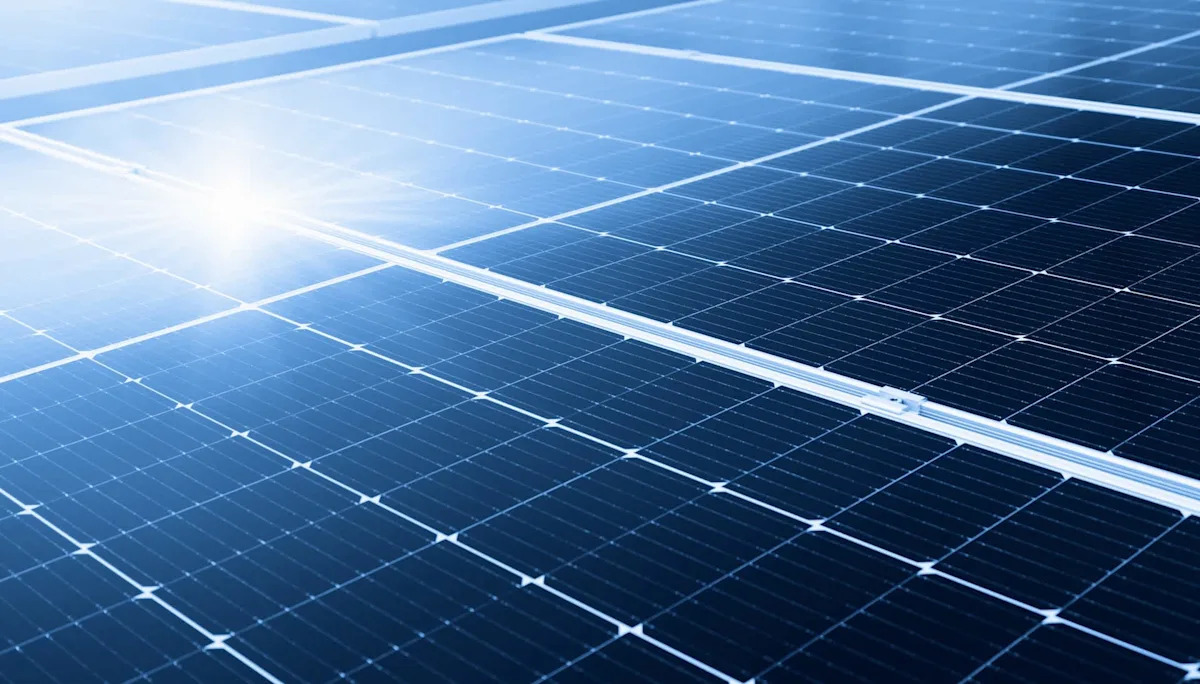Home / Environment / Plug-In Solar Panels Stymied by Legal Hurdles Across America
Plug-In Solar Panels Stymied by Legal Hurdles Across America
26 Oct
Summary
- Only Utah allows plug-in solar panels, while other states prohibit or have unclear rules
- Potential for 57 gigawatts of "balcony solar" capacity nationwide, but limited adoption
- Homeowners seek to reduce utility bills and blackout risks with DIY solar setups

As of October 2025, a growing number of homeowners are expressing frustration over the legal obstacles preventing the widespread adoption of affordable plug-in solar panels in the United States. According to the article, the country has an estimated 57 gigawatts of potential "balcony solar" capacity—solar panels that can be easily installed on porches, decks, and apartment balconies and then plugged directly into a wall outlet.
However, this convenient solar solution is currently only legal in the state of Utah, which caps such systems at 1.2 kilowatts. In the other 49 states, the use of plug-and-play solar panels is either legally ambiguous or outright prohibited. This regulatory landscape has left many homeowners frustrated, as they see these small-scale solar setups as a way to reduce their reliance on utilities, mitigate blackouts, and ease the overall burden on the power grid.
Some experts argue that the current restrictions are the result of "regulatory capture," with the U.S. being one of the few nations in the world to maintain such prohibitions on plug-in grid-tie inverters. Meanwhile, a few states, such as Vermont and New Hampshire, are reportedly considering measures to legalize and regulate these types of solar systems.
As the push for more renewable energy solutions continues, the article suggests that addressing the legal barriers around plug-in solar panels could provide a cost-effective way for homeowners to contribute to the nation's energy transition and reduce their own carbon footprint.




